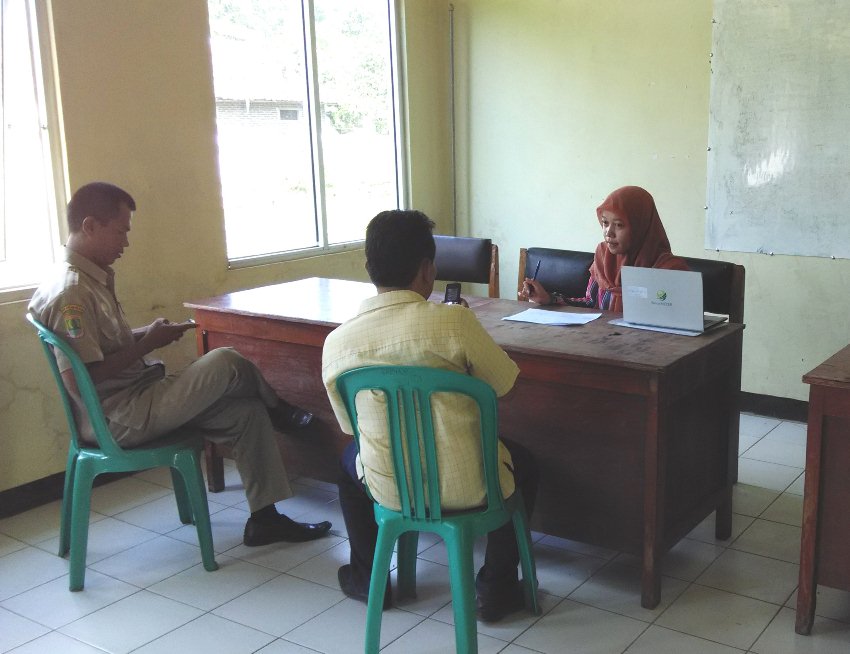Migrant Worker Empowerment Study 2015
Tuesday, 12/05/2015SurveyMETER

SurveyMETER in collaboration with Abdul Latif Jameel Poverty Action Lab (J-PAL) re-conducted a study on Empowering Female Migrant Workers to Access Quality Overseas Placement Services in Indonesia. It was a follow-up to the previous pilot study entitled Migration Study conducted in February-March 2014 at Kapetakan sub-district of Cirebon district. The current data collection of the field study was carried out from last April until the end of June 2015.
It aims to better understand the women’s/girls’ decision-making aspirations of migrant workers of Indonesia in choosing an agency that provides overseas placement services in terms of their knowledge of quality, source of information accuracy, and the impact of providing information about the quality of migration agencies to potential migrants on migrant welfare and the migration market more broadly.
It was conducted in the Provinces of the Special Region of Yogyakarta (at Kulonprogo district as a pilot project), Central Java (in Brebes, Kendal, and Cilacap districts), East Java (only in Malang district), and West Java (in Cirebon, Cianjur, Indramayu, and Karawang districts). It was a baseline survey whose endline survey would be conducted for the next few months.
The selection of village samples utilized PODES 2011 data which was selected based on several criteria. A number of provinces or islands with the highest labor-sending districts were taken as samples. In each of these provinces, the districts/cities with the highest migration rates in 2011. Then, from each of these districts/cities, the highest number of sending villages of migrant workers were selected with variations in destination countries.
The sample study included 400 villages where from each selected village 26 former migrant workers/potential migrants were randomly picked. The 26 migrant respondents were divided into 3 types of respondents, those were Type 1 (Former) as many as 14 respondents who departed through the agencies listed in the code sheet and returned from the last migration between 2014–and 2015 and did not plan to re-migrate. Type 2 (Former Tracking) as many as 6 respondents, those former migrant workers who planned to return to work overseas. The conditions include, among other things, that the last return of the worker was between 2014–and 2015 and planning to re-migrate overseas within the next year also the sender agencies were listed in the code sheet. Type 3 (Potential Tracking) as many as 6 respondents, those who have never been an overseas migrant worker, between the ages of 18-and 45 years old and had a plan to migrate abroad. In addition to interviewing the 26 respondents, this study would also interview village heads and/or other village officials.
The field data collection team was divided into 29 team listings and 20 baseline teams. The listing team consisted of a supervisor and an interviewer, while the baseline one consisted of a supervisor and three interviewers. Two field coordinators were assigned to oversee and coordinate the fifty teams. (JF)